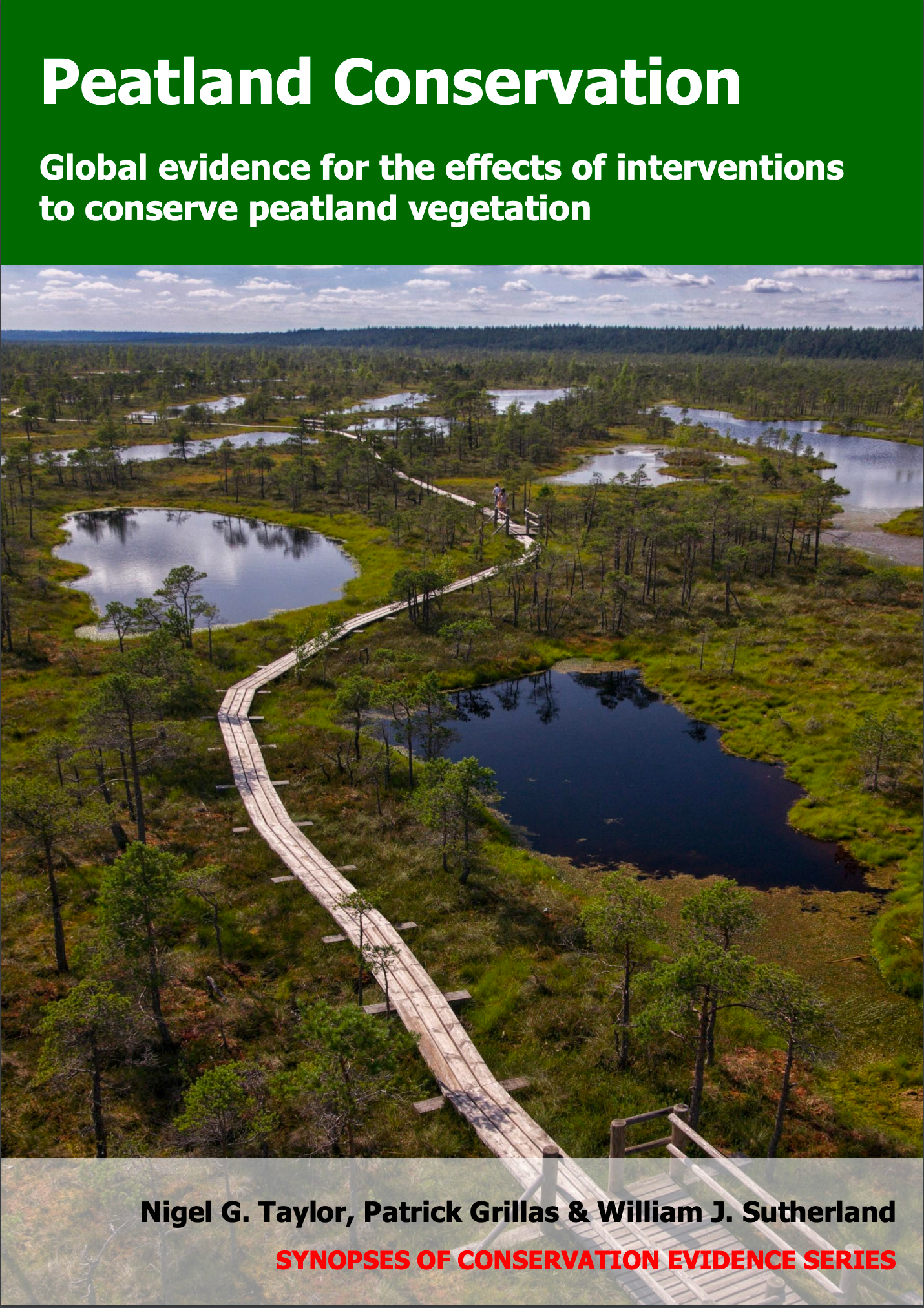Introduce nurse plants (to aid focal peatland plants)
-
Overall effectiveness category Unknown effectiveness (limited evidence)
-
Number of studies: 3
View assessment score
Hide assessment score
How is the evidence assessed?
-
Effectiveness
30% -
Certainty
38% -
Harms
1%
Study locations
Supporting evidence from individual studies
A replicated, paired, controlled study in 1999–2000 in a degraded peat swamp forest in Malaysia (Ismail et al. 2001) reported that planting nurse trees had no effect on the survival of focal planted tree seedlings. No statistical tests were carried out. Six different tree species were planted. After 14 months, 82% of seedlings had survived in plots with nurse trees, compared to 83% of seedlings in plots without nurse trees (data not reported separately for each species). In June 1999, thirty-six plots in a degraded, open peat swamp were planted with peat swamp trees (16 seedlings/plot). There were three pairs of plots for each of six tree species. Eighteen plots (one plot/pair) were also planted with 2 m tall Hopea odorata as nurse trees. The other plots contained no additional trees. All plots were cleared of vegetation before planting and the planting holes were fertilized. Survival was recorded in August 2000.
Study and other actions testedA replicated, randomized, paired, controlled, before-and-after study in 1997–1999 in a historically mined bog in Minnesota, USA (Rochefort et al. 2003) found that planting nurse herbs before adding vegetation fragments had no effect on vegetation cover. After two growing seasons, plots with and without nurse herbs had similar cover of total vegetation (3–77% vs 1–71%), Sphagnum mosses (0–68% vs 0–73%), other mosses (<1% with or without nurse herbs) and vascular plants (1–3% with or without nurse herbs). In 1997–1998, forty-eight 1.5 x 1.5 m plots were established, in six blocks of eight. Twenty-four plots (four random plots/block) were planted with 16 fewseed sedge Carex oligosperma plants. The other 24 plots were left as bare peat. Then, all plots were sown with fresh vegetation fragments from the surface of natural bogs. Some plots with and without nurse sedges were also mulched with straw. In October 1999, vegetation cover was visually estimated in four 25 x 25 cm quadrats/plot.
Study and other actions testedA replicated, randomized, paired, controlled, before-and-after study in 2007–2010 in two historically disturbed bogs in Ontario, Canada (Corson & Campbell 2013) found that planting nurse herbs before sowing Sphagnum moss fragments had no effect on bryophyte cover. After three years, Sphagnum cover did not differ significantly between plots with nurse herbs (low density: 52%; high density: 51%) and without (38%). There was also no difference in total bryophyte cover between treatments (with nurse plants: 72–76%; without: 68%). In August 2007, eighteen 2 x 2 m plots were established, in six blocks of three, on historically disturbed bogs. Twelve plots (two random plots/block) were planted with cottongrass Eriophorum vaginatum tussocks as nurse plants: six at low density (50 cm apart) and six at high density (25 cm apart). The other six plots were left as bare peat. Then, all plots received fresh fragments of rusty bog moss Sphagnum fuscum and flat-topped bog moss Sphagnum fallax, and 30 g/m2 rock phosphate fertilizer. In August 2010, moss cover was estimated by eye in six random 12.5 x 12.5 cm subplots within each plot.
Study and other actions tested
Where has this evidence come from?
List of journals searched by synopsis
All the journals searched for all synopses
This Action forms part of the Action Synopsis:
Peatland Conservation
Peatland Conservation - Published 2018
Peatland Conservation





)_2023.JPG)














